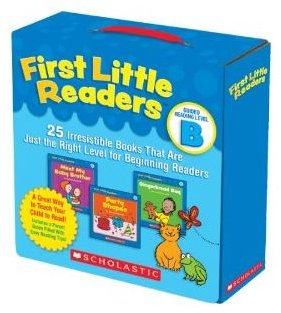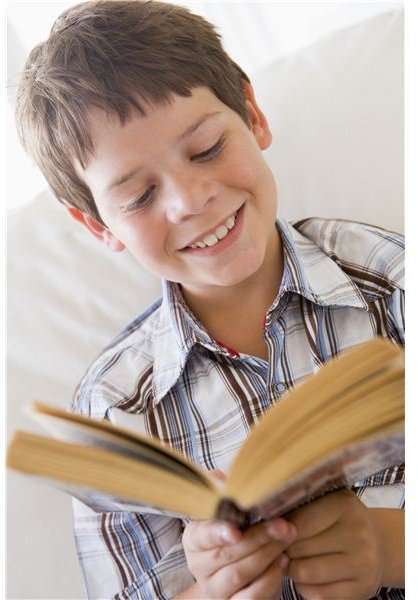Tips for Parents on Choosing Just the Right Level Two or B Books for Students
Reading at Home
In this guide we are teaching parents how to help children reading at home. I do not put a grade level on each article as each child will
advance in reading at a different pace. The idea is to teach your child to read at his or her own pace or level and practice skills to advance to the next level.
Bright Hub Education offers these articles if you’d like to know more for your Level One reader:
How to Choose Just the Right Books
Help for Advancing Your Level 1 Reader
In this article let’s take a look at Level 2 books (also known as intermediate or level B books) to give the child the reinforcement, practice and confidence he or she needs to advance in reading.
Level Two Books
When a child advances to a Level 2 book, there are certain skills parents can practice with the child to master this stage. If you are uncertain about the level of books, then please refer to article one.
Generally speaking, a Level 2 book will have the following features:

-
The book will have more than one sentence per page.
-
The book may include more punctuation than a period. There may be quotation marks, question marks or exclamation marks.
-
There will still be a repeating pattern in the book as in level one books, but the pattern may be a bit more difficult. For example. I see one apple. Can you see one apple? I see two apples. Can you see two apples? The last page of the book may break the pattern completely, for example it may read, I love apples!
-
The sight words may be more difficult to read.
-
The pictures may be harder to “read.”
Practicing Reading
First, always have your child read to you. During the first reading, just observe; do not make corrections. You want to get a feel for the mistakes your child makes when reading, and if he or she corrects mistakes independently. Take mental notes as your child reads. Then, when the reading is complete, help your child overcome one mistake at a time. Do not try to correct it all in one sitting, or you will frustrate a new reader! As in the last article, you can work on one book per week.
In addition to the list in the last article (level one books) you want to teach your child how to:
-
Look fully at a word. Let say, the student reads the word, fan as the word fat. That gives you a clue that he or she is not looking all the way through a word when reading. Talk to your child about noticing the end of the word, in this case, the letter “n” and the sound that “n” makes.
-
Read the book without having to point to each word (better eye control).
-
Rely less on the picture, but still use it some. Use other words in the sentence to figure out unknown words.
-
Use the knowledge they have of what the book is about to make sense of what they are reading.
-
Notice the familiar words among unfamiliar words.
-
Retell the story and find a connection to it. For example with an apple book, remembering the time you went to pick apples.
A Variety of Books Is Best!
In any level book, it is always best to give your child a wide variety of independent books to read. It is easy to assume that if a child struggles too much or not at all, then it is not the right level. Also, you want to give your child a variety of books to practice in, as memorization of the book could come into play and the parent might assume the book is too easy when actually the child memorized it. While this is a guide for parents to help children to read, certainly ask the child’s classroom teacher for more advice.
Resource
An excellent reference for level readers can be found here.
This post is part of the series: Reading Guide for Parents
In this series, we are taking a close look at book selection, and reading at home with children.
